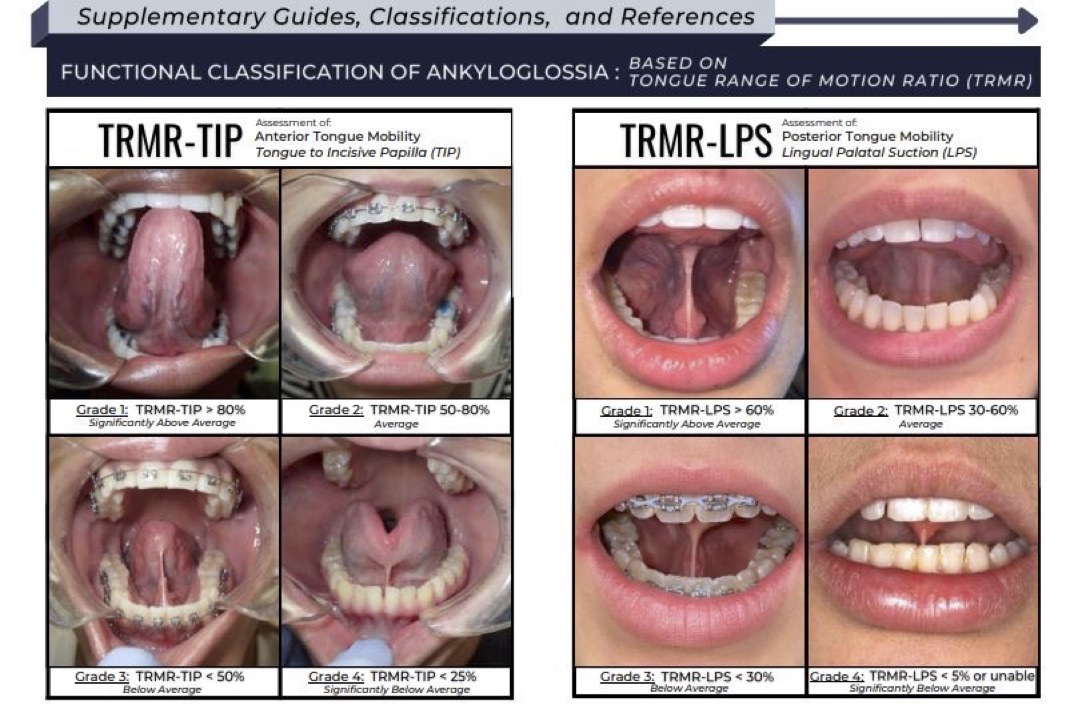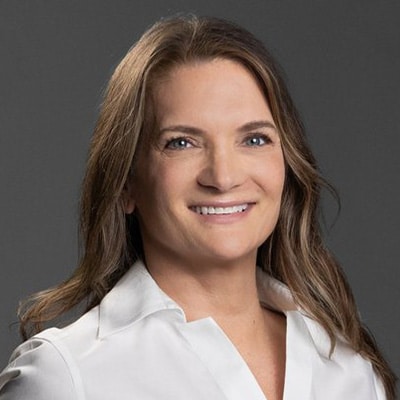Myofunctional Therapy
Myofunctional therapy is an exercise-based therapy for the muscles of the mouth, tongue and face. The exercises are designed specifically to train proper breathing, speaking chewing and swallowing. The purpose being to retrain the muscles and obtain correct resting posture of the tongue, lips and jaw. This specific therapy works best on children and adolescents however with the changes that our body continuously does adults can capitalize on the benefits of therapy as well.
Why should I refer to a myofunctional therapist ? How will a myofunctional therapist help breathing, swallowing and neck tension?
As part of your treatment plan, we may send you to one of our trusted colleagues for myofunctional therapy. The role of a myofunctional therapist is to help with:
- Mouth breathing
- Tongue thrusting affecting orthodontic treatment and face, mouth, and teeth development
- Neck tension
- Preparation and healing from frenuloplasty (tongue tie release)
Myofunctional therapy is an exercise-based therapy for the muscles of the mouth, tongue and face. The exercises are designed specifically to train proper breathing, speaking, chewing, and swallowing. The purpose being to retrain the muscles and obtain correct resting posture of the tongue, lips and jaw. This specific therapy works best on children and adolescents. However, with the changes that our body continuously does, adults can capitalize on the benefits of therapy as well.
How does mouth breathing affect face development?
It’s easy to forget how strong the tongue can really be (40-80 kPa). The tongue often positions itself in the lower jaw to allow a child to breathe more readily through the mouth. This pressure changes the growth of the lower jaw so that it grows more vertically, making the child’s face grow longer. Since nasal breathing is severely compromised by this, the upper jaw and mid-face (nasal bones, cheek bones, and bones supporting the tissue of the face) fail to develop at a normal rate because the natural growth stimulant of air flow through the nose is absent. This results in a deficiency of growth of the upper jaw and face bones. This detrimental process can add to long facial growth from the lower jaw directly impacts the facial beauty and function, swallowing, speech of a child and later as an adult with other more serious issues such as TMJ pain an, headaches and sleep apnea.
A poorly formed, narrow upper jaw also affects the eye socket that supports and shapes the eyeball. It supports the nasal airways, leading to a deviated septum, asymmetrical nose, snoring and sleep apnea. An underdeveloped jaw can lead to forward head posture, which helps to open the airways, however, throws off the alignment of the spine and body leading to neck and spine pain. This poor posture then leads to headaches, teeth grinding, neck/shoulder tension, fatigue and potentially affecting your total posture.
Our providers are aware of the following concerns:







